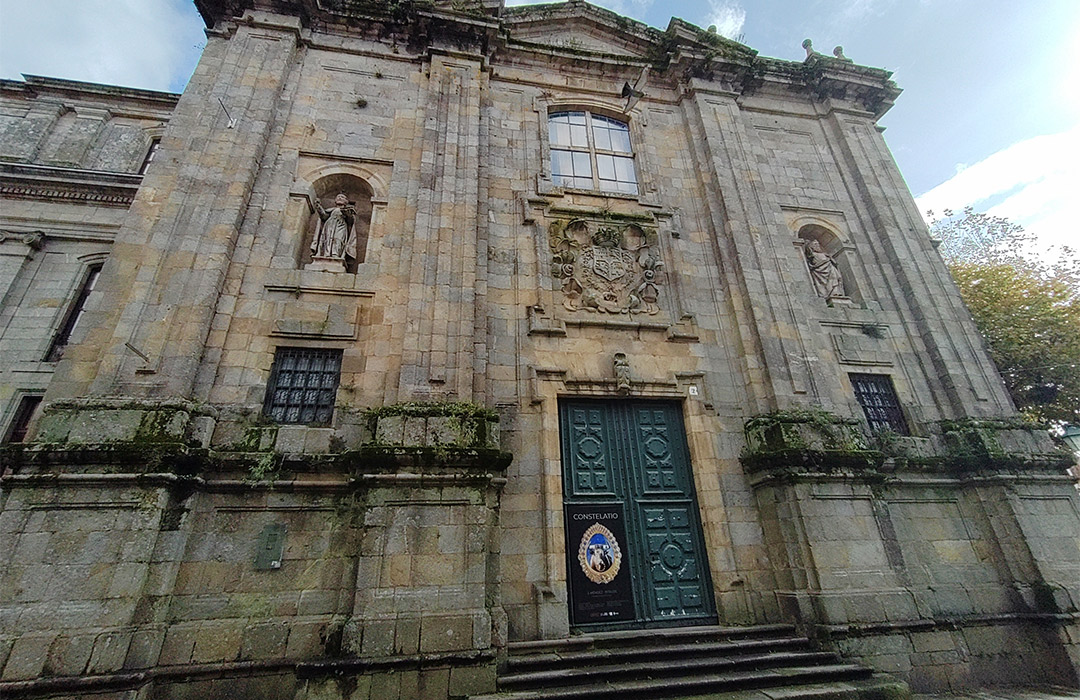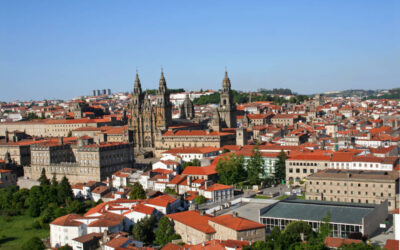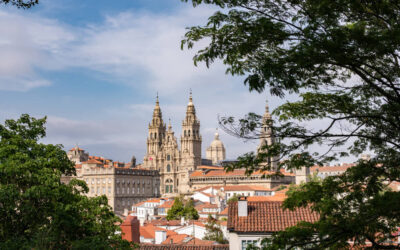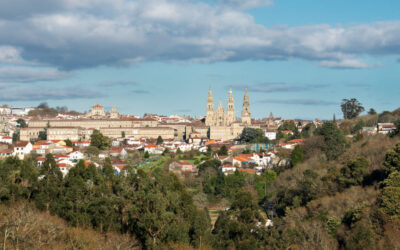The Church of the Company, also known as University Churchwas built by the Jesuits in the 17th century in Santiago de Compostela.
The temple is located in a unique location, in the middle of Praza de Mazarelos and next to the Faculty of Geography and History, one of the most emblematic assets of the educational facilities of the University of Santiago.
The construction of the building, in baroque style, was completed in 1767. The complex belonged to the Colegio da Compañía de Xesús until the expulsion of the Jesuit order from Spain. Later, in 1769, it became the university chapel.
The building has been the subject of study by art historians to this day because of its simplicity and apparent lack of ornamentation. This fact gave rise to innumerable discussions and debate in the intellectual sector, both about his style and about the chronology itself.
Antonio Bonet Correa considered the work to be the first classicist-style construction in the Galician capital, which led him to attribute it to Gaspar de Arce.
Among the main arguments provided by the researcher, he highlighted the location of the tomb of Archbishop Francisco Blanco Salcedo, the adaptation of the chapel of San José to the main chapel and the impression that the current facade does not match the interior structure and the general style of the church.
However, this argument was refuted by other experts such as Ramón Otero Núñez, due to the materials present in the damage to the tomb or the suppression of the scene of the Assumption, which is mentioned in the execution contract, among others.
In any case, the physiognomy of the Compostela Jesuit church has changed substantially since the University of Santiago and the Colegio del Sancti Spiritus took charge of it after the expulsion of the Jesuits.
A study by José Manuel B. López Vázquez details that the new actions carried out on the building led to the construction of the exterior walls, to support the roof of the media naranja, or to the suppression of the stone coats of arms on the façade and in the chapel of San José.
Thus, the images on the façade were modified, going from representing St. Ignatius and St. Francis Xavier to St. Peter and St. Paul.
The author considers that the temple responded both to the time in which it was erected and to the predominant style of the time, unmistakably baroque and a novel stylistic alternative to the classicism that had prevailed in the city until then.
At present, the building is used as an exhibition hall and headquarters of the Orchestra of the University of Santiago de Compostela and stands out for its baroque altarpiece kept inside, the transept and the main altar. The visiting hours of the temple are linked to the exhibitions that are projected in it.






